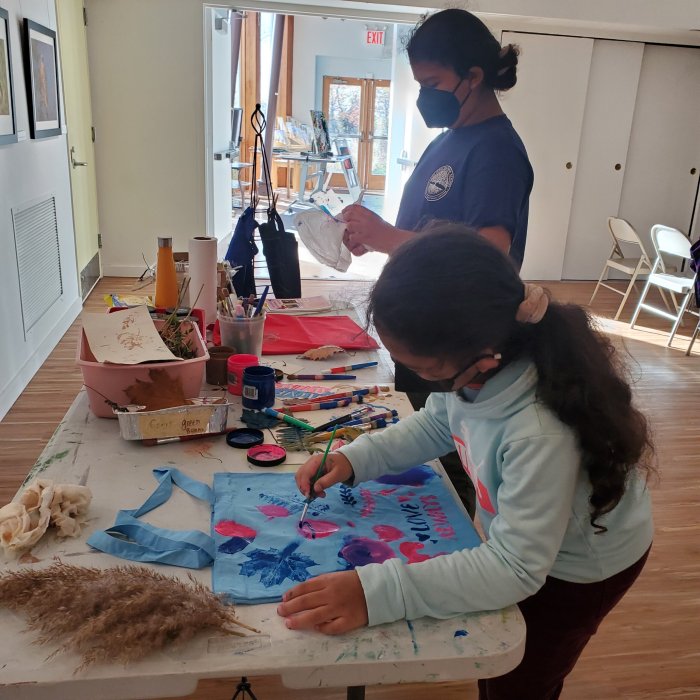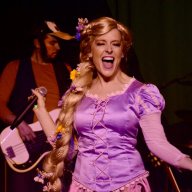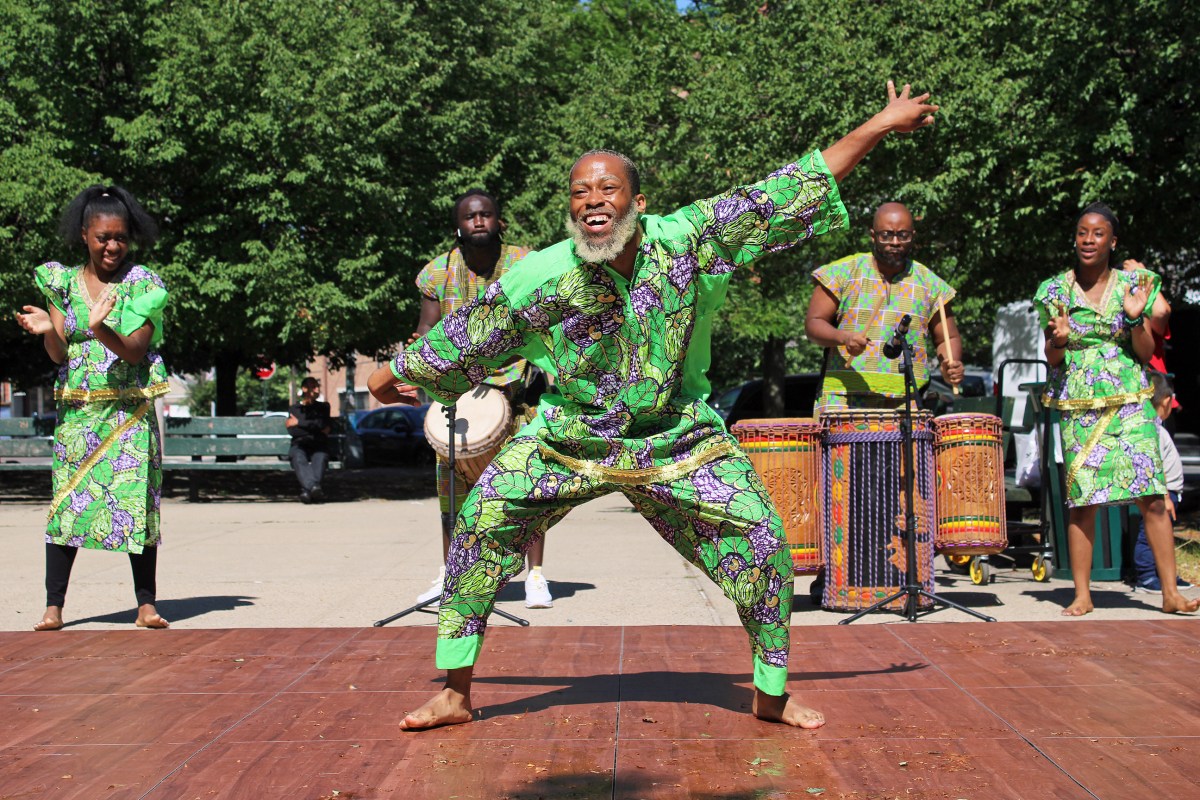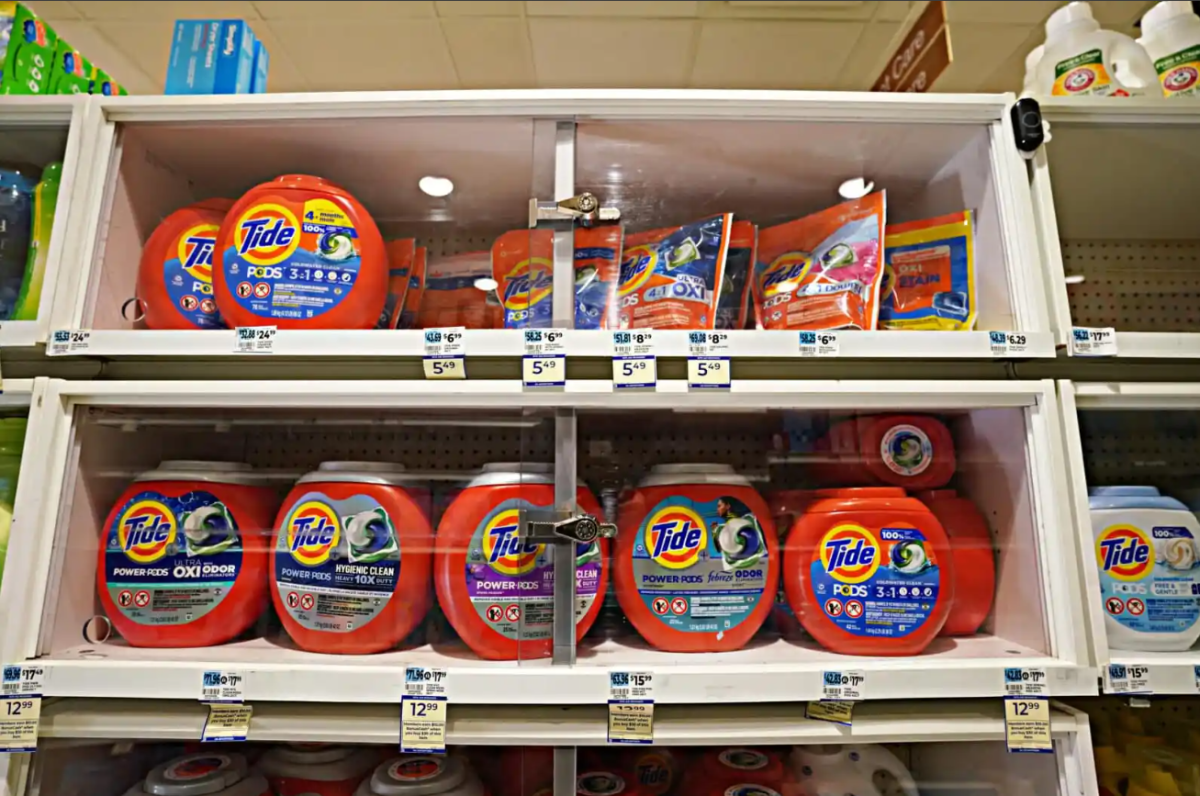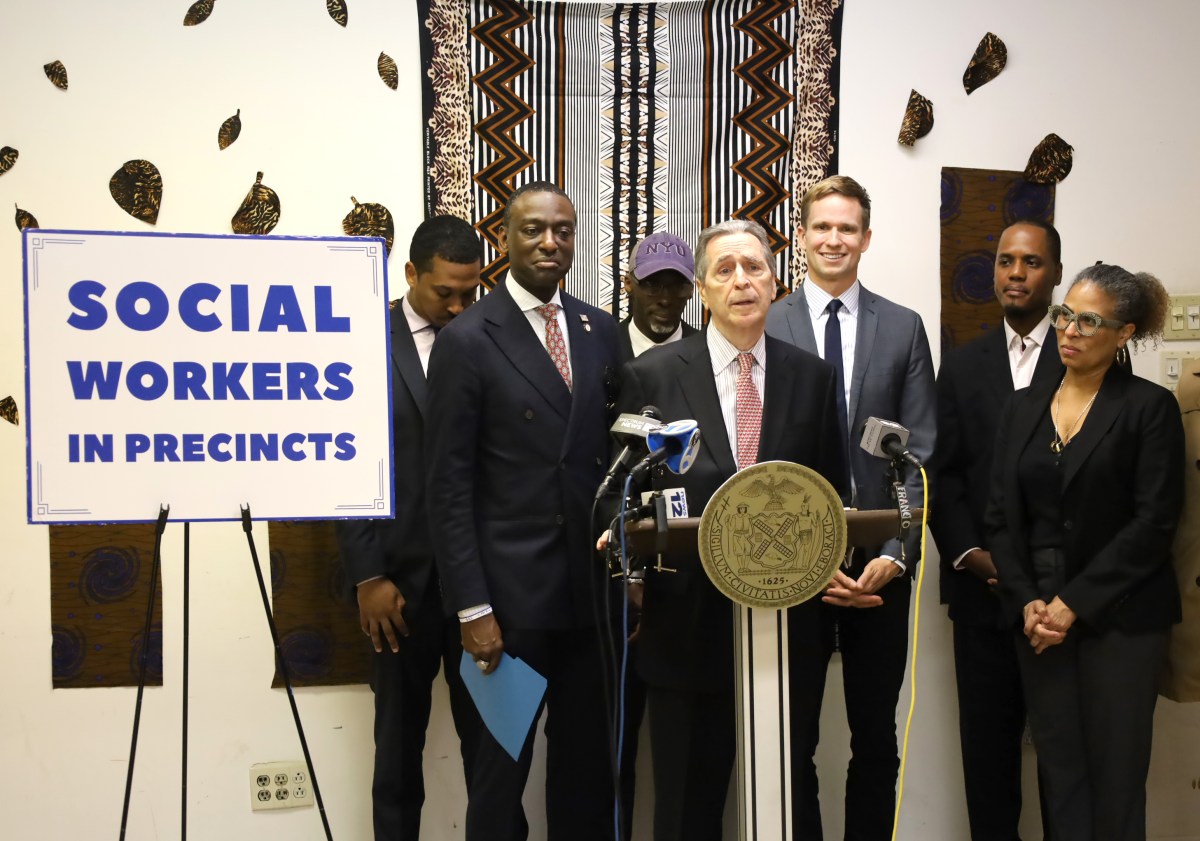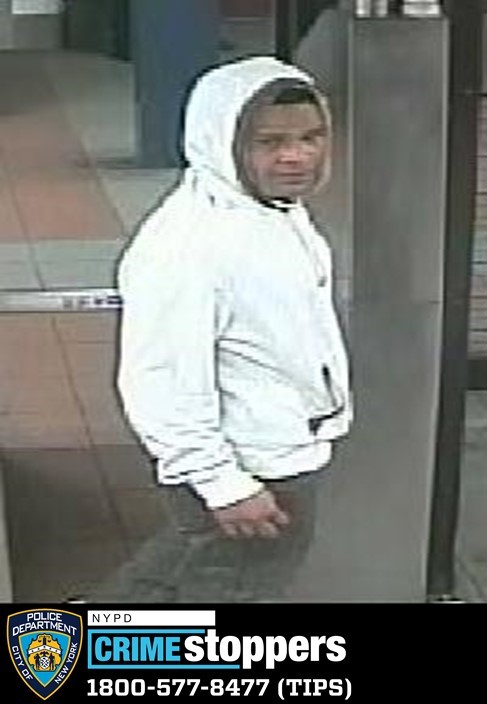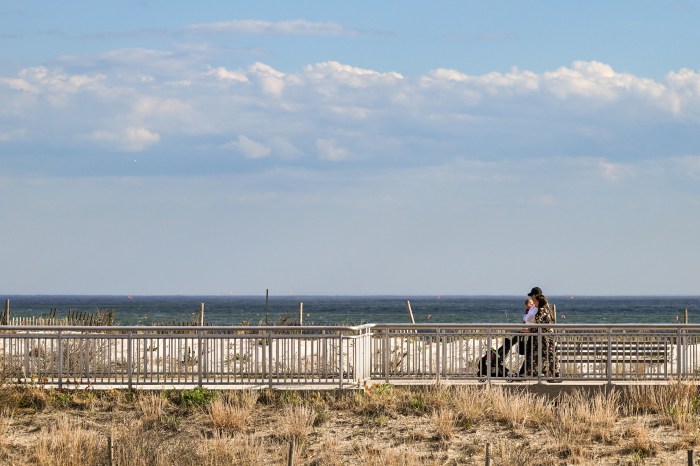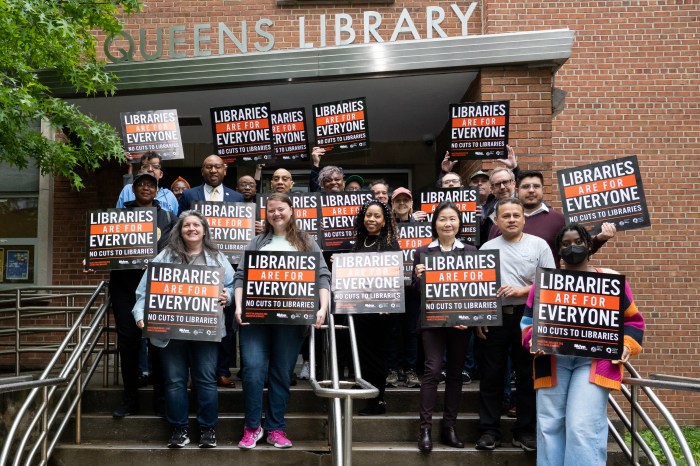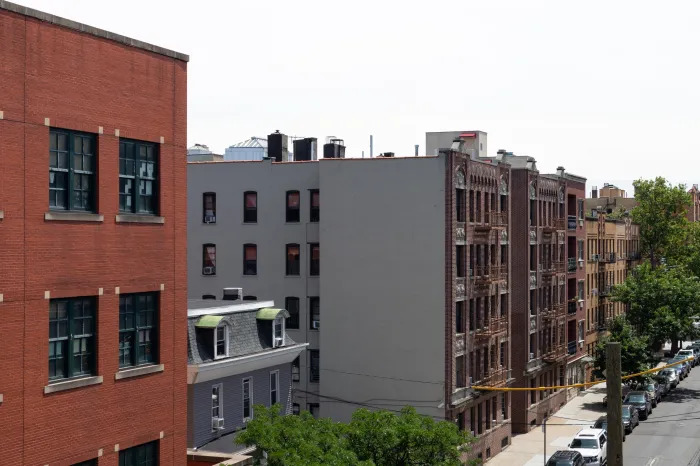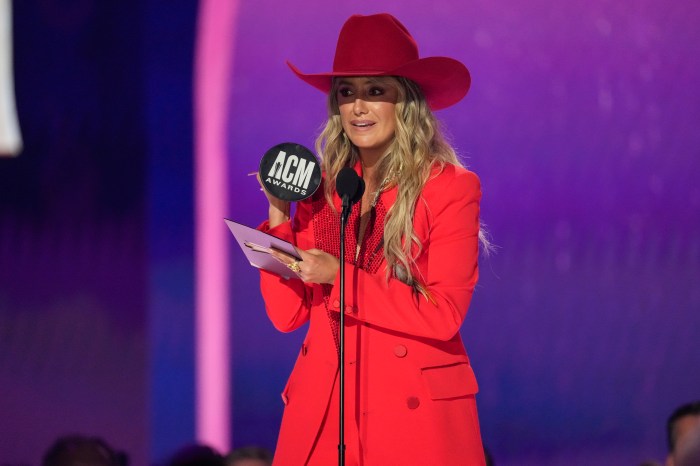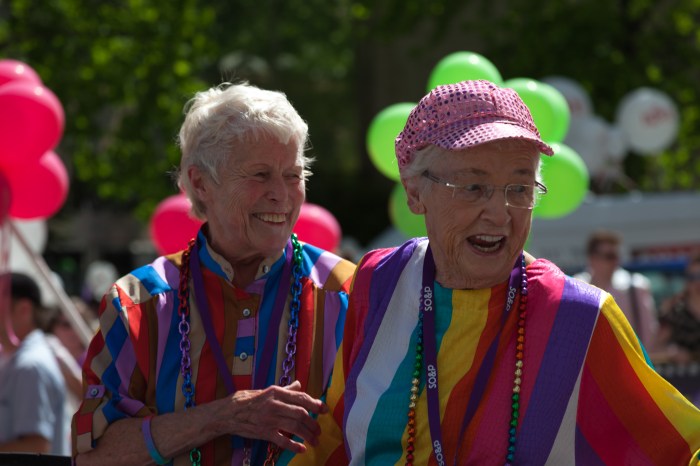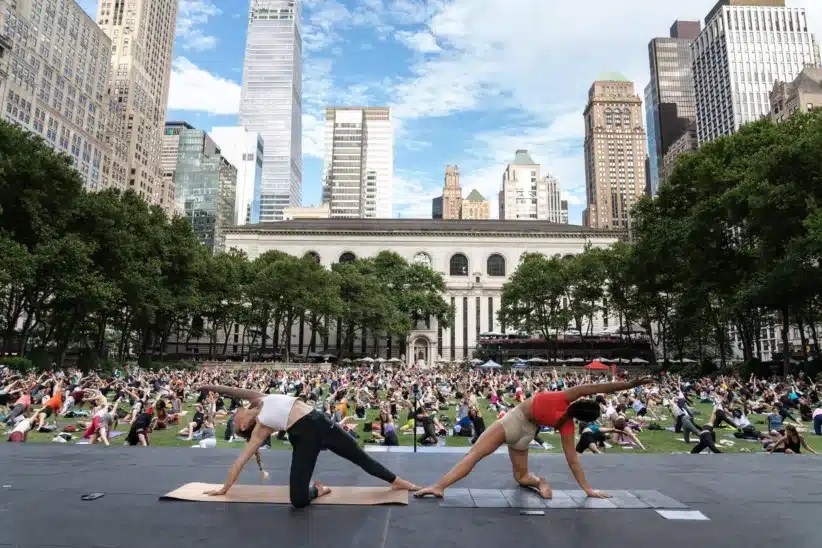By Stephen Witt
Draft plans for a historic mixed-use green community along the Gowanus Canal were unveiled last week. But amidst the optimism of utilizing the 1.5-mile waterway between Carroll Gardens, Park Slope and Red Hook for industrial, commercial, residential, recreational and retail use, concerns remain if the plan is floatable. “It’s a good plan, but it just seems it’s going to take a long time and a lot of money to proceed,” said Alex Ferrara, whose Ferrara Brothers concrete business has been on Hoyt and 5th Streets for over 20 years. “There’s a lot of great ideas and keeping the mixed use is important because we want to stay, but it just seems finding the right people to make this thing go through seems like a long time away,” he added. The non-profit Gowanus Canal Community Development Corporation (GCCDC) commissioned the plan among a team of consultants using federal money, which Rep Nydia Velzaquez obtained. The plan is a culmination of over 10 months of a planning and public participation process. However, no full hard copies of the plan were distributed at press time. Bill Donohue from the planning and landscape architecture firm Ehrenkrantz, Eckstut & Kuhn presented the draft plan in a power point presentation at the Carroll School-PS 58, 330 Smith Street. Essentially, Donohue broke the plan into two separate districts to increase the “ecological capital,” and at the same time, retain what makes the Gowanus Canal area unique. Using Third Street as a dividing line, Donohue said the first district moves from South Street to Hamilton and includes the more industrialized lots and part of the State designated Empire Zone. Basically, this district will encourage the reuse of industrial buildings with the addition of some retail development. Other areas in this district that can be better developed include the public 2nd Avenue Corridor to Smith and 9th Street. Donohue noted the Smith and 9th Street F and G subway stop is a busy pedestrian intersection and that retail shops in this area are underutilized. Perhaps the MTA can be persuaded to renovate the subway stop there as well, he said. Also underutilized are the public spaces beneath the viaduct along the corridor, he said. Along the 2nd Avenue industrial corridor, Donohue said such businesses should be encouraged to expand their use providing they keep within the contextual character of the neighborhood. Also along this corridor is public space including an underutilized warehouse and brown field. This space could possibly be used for retail, housing with access to the water or perhaps educational or cultural uses, Donohue said. The smaller district, north of 3rd Street could house small industry, as well as retain the three-and four-story existing housing. Donohue said this district could also have conversion to community and recreational water uses, including bike paths. In particular, Donohue highlighted the 3rd Street, Carroll Street and Union Street Bridges as quaint areas where traffic calming measures could be placed. Other places, like on North Street, which ends at the canal, auto traffic can be restricted, he said. Donohue said the district also includes Thomas Green Park, which should be built up, increasing property values around the area. The canal along with President, Union and Bond Streets also surround an abandoned building that can be renovated for commercial and residential use, he said. Donohue said this district could also use more pedestrian bridges and lighting strategies to encourage recreational use. In order to accomplish all this, Donohue suggested the creation of a leadership organization along with special zoning districts. That organization could then select specific activities in a particular zone and move forward, he said. After the presentation, several people in the audience gave their viewpoints including M’Lis Bartlett, who lives on 2nd Street and runs a summer research program on the canal for the past four years utilizing students from the High School for Environmental Studies. “I think the sustainability issue is fabulous, having a green community, except I always worry as an environmentalist that environmentalism is only for the middle class,” said Bartlett. Bartlett thinks it’s crucial that there still be affordable housing built into the plan. “They [Donohue] said that affordable housing was dependent on federal funding, but I thought that was a week answer,” she said. “Otherwise you don’t have a real community.” DCCDC spokesperson Paul Bader said the organization would look at the new community input before submitting a final plan. Still, Ferrara walked away from the draft plan somewhat skeptical. “The plan sees mixed use, which is what I like. We get to keep our business and the community gets to flourish,” he said. “I just don’t see it happening quicker. They want to dictate how the city spends their money and I don’t think they are going to have much of a chance,” he added. The Seaview Jewish Center-Yeshiva Torah M’Zion has a schedule filled to capacity of exciting activities for area residents to partake in. Gut Shabes: Kindle your Shabbos candles at 7:46 p.m., Friday, May 13. Mincha and Ma’ariv services are at 7:45 p.m. on Friday and Saturday evenings. On Saturday morning, May 14, daven Shacharis at 8:45 a.m.—the Torah reading follows at 10 a.m. Shabbos is Parshas Emor. Don’t forget to count the Omer. Oneg Shabbos: For a beautiful Oneg Shabbos (delight of the Sabbath) spirit, daven with your fellow congregants in a lovely, spacious and air-conditioned shul. Shavuoh Tov un Gut Vokh: Shabbos concludes at 8:52 p.m., Saturday night. Make Havdale with overflowing wine, spices and a multi-wick flame. Lomer Geyn tsu Dem Ball-Shpil: The Seaview Jewish Center will going to a Brooklyn Cyclones game in Coney Island on June 26. Dust off those old baseball mitts and call the office for details. Learn Torah on the Go: Come in and get your own scholarly Shiur-on-a-cassette tapes. They are free for the asking. Read Hebrew: The Seaview Jewish Center’s intermediate Hebrew reading class is held every Tuesday at 11 a.m. Call the temple office to reserve your seat. Russian Siddurim: There are Russian-language siddurim for those who require them. Real Estate Exchange: The shul maintains a free real estate exchange, which is mailed out to hundreds of people, along with the monthly publication, “Hakol,” the voice of Seaview Jewish Center. The cost of mentioning your properties in the real estate listing is free. Kindly forward information about any houses for sale and apartments for rent. Get Well Soon: A hearty Refuah Sh’loime to the sick members of the community. Get well soon! Mailing List: Call the Seaview Jewish Center to be put on their mailing list—you will be informed of many of Seaview’s activities firsthand and you will also receive special holiday mailers throughout the year describing the specific simchas and yomtoyvim, as well as their laws and specific customs. General Information: Enter through synagogue’s glass doors in the parking lot on East 98th Street between Avenue N & Seaview Avenue. The shul is located at 1440 East 99th Street. For additional information, call the shul at 718-251-1900. Office hours are announced during Shabbos services. If you leave a message your call will be returned.





